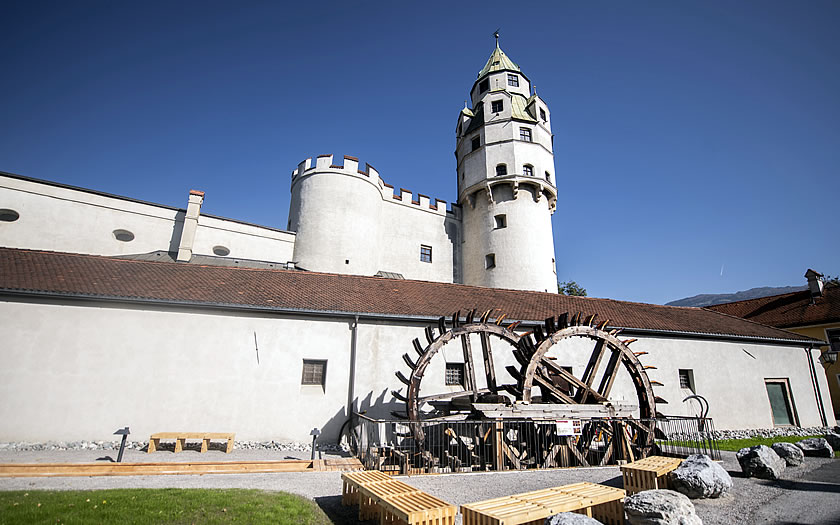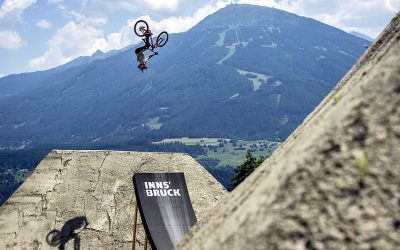Last updated on April 8th, 2020 at 06:49 am
The mighty water wheels turn constantly in the reconstruction of the historic waterworks at the Hall Mint.
The water-powered drive for the cylindrical stamping machine, which was a technical leader in its time, has been rebuilt by hand on its original location.
The roller minting machine was considered a technical sensation in the Middle Ages and was able to mint around 4000 coins a day. By way of comparison, a normal workman could only mint about 300 coins a day by hand.
In the 15th century, the “Guldiner”, the so-called “Taler currency”, was invented. This not only enabled economic exchange across national borders, but was also the origin of the name ‘dollar’.
The silver mine in Schwaz, operated by the German Fugger trading house, caused the demand for silver coins to skyrocket.
The demand for new talers could no longer be met by hand embossing, which was still common at the time. So they began to look for ways to automate the embossing process.
Archduke Ferdinand II of Tyrol (1529-1595) was a great enthusiast for technical innovations. Under him, not only was the Hall coin moved from the city centre to Hasegg Castle, but roller minting was also introduced.
The roller minting machine, driven by water power, was first used in Hall in 1571 and enabled the mass minting of silver coins. This form of minting was extremely efficient and offered a significant competitive advantage. The Hall Mint was thus the first mint in the world to make the transition from a craftsman’s business to an industrial enterprise.
This technology spread throughout Europe and was considered “state of the art” for over 180 years.
More information: www.hall-wattens.at





